India strengthens air power with $7.4 billion Rafale jet deal amid rising tensions with Pakistan
- Update Time : Wednesday, April 30, 2025
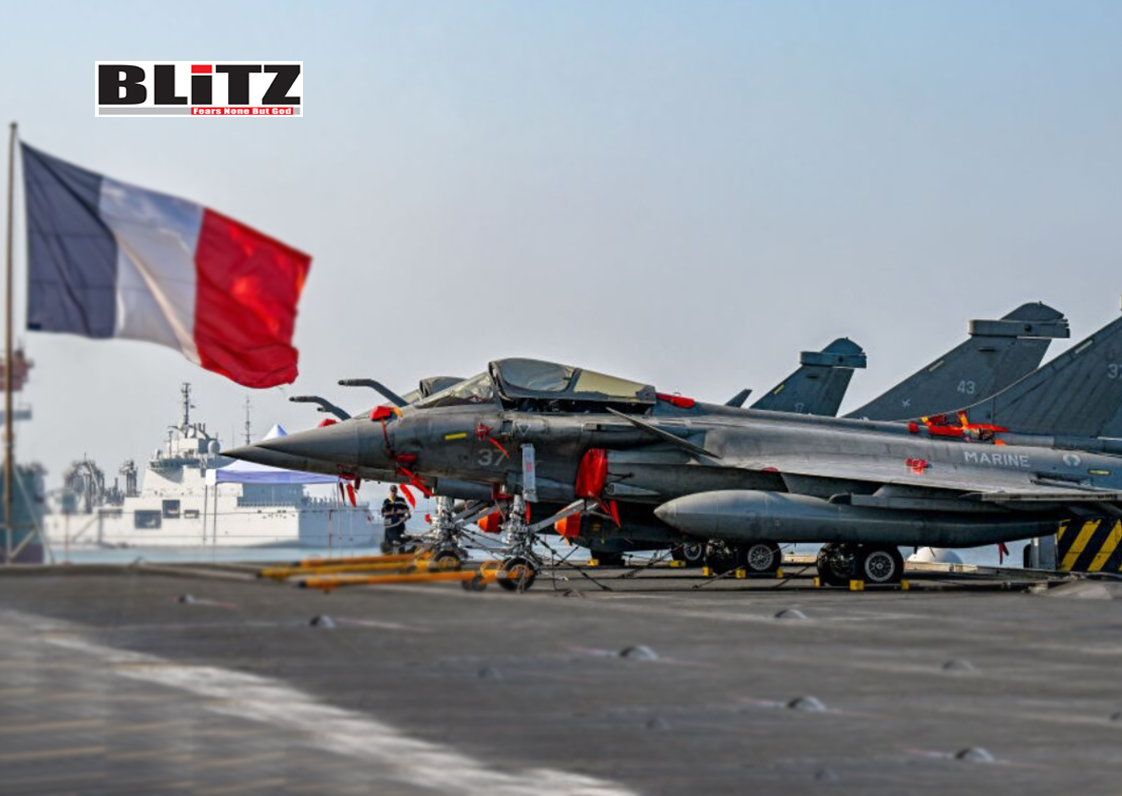
In a significant move underscoring its commitment to modernize defense capabilities and respond to regional security challenges, India has signed a $7.41 billion agreement with France for the acquisition of 26 Dassault Rafale fighter jets. The deal, cleared earlier this month by India’s high-level Cabinet Committee on Security, reflects not only the deepening defense ties between New Delhi and Paris but also India’s strategic recalibration amid heightened tensions with neighboring Pakistan.
The contract includes 22 single-seater Rafale fighter jets and four twin-seater trainer aircraft. These jets are expected to bolster the Indian Navy’s capabilities and will be fully delivered by 2031. The deal also encompasses maintenance support, training for personnel, and logistical infrastructure, along with a notable component of domestic production aligned with India’s flagship “Atmanirbhar Bharat” (Self-Reliant India) initiative.
While India continues developing its indigenous twin-engine deck-based fighter jet (TEDBF), the Rafales will serve as a critical interim measure. Designed for carrier-based operations, the new Rafales will be stationed aboard India’s two aircraft carriers-INS Vikrant and INS Vikramaditya—thus enhancing maritime strike capabilities and operational reach across the Indian Ocean region.
The decision to import the jets temporarily reflects both strategic urgency and operational necessity. India’s current naval aviation fleet, particularly the aging MiG-29Ks, has faced maintenance challenges and combat limitations, prompting the need for a more advanced and reliable platform like the Rafale Marine variant. The twin-seater models will facilitate pilot training and operational versatility, key for carrier operations.
As part of the agreement, Dassault Aviation will fulfill offset obligations, requiring a percentage of the contract value to be reinvested into India’s defense sector. This includes local production of components and joint ventures with Indian companies, thereby advancing the country’s defense manufacturing capabilities.
The deal is part of Prime Minister Narendra Modi’s broader push for strategic autonomy in defense procurement and industrial capacity-building under the Atmanirbhar Bharat campaign. The goal is to reduce India’s dependence on foreign arms suppliers while nurturing a robust domestic defense ecosystem.
The timing of the deal is critical. Just days before the announcement, on April 22, a deadly terrorist attack in Jammu and Kashmir claimed the lives of 26 people, exacerbating long-standing tensions with Pakistan. Although Islamabad denied involvement, Indian officials have pointed fingers at Pakistan-based militant groups, sparking renewed calls for increased military readiness and deterrence.
In a show of force, the Indian Navy conducted a live-fire exercise in the Arabian Sea on April 27. The operation featured destroyers and frigates launching BrahMos cruise missiles-one of the world’s fastest supersonic cruise missile systems-capable of striking land and sea targets with high precision. The Indian Navy also shared footage of the guided missile destroyer INS Surat successfully neutralizing a sea-skimming target, signaling heightened alertness along India’s western maritime frontier.
The Rafale deal and recent naval drills are part of a broader strategy aimed at countering threats not just from across the border, but from hostile actors operating within the volatile maritime theater of the Indian Ocean, where China’s growing naval presence also adds to India’s strategic calculus.
The integration of Rafale fighters into INS Vikrant and INS Vikramaditya will mark a transformative moment for Indian naval aviation. These aircraft will provide enhanced air superiority, reconnaissance, and strike capabilities, enabling the carriers to serve as power projection platforms across South Asia and beyond.
According to Indian officials, these capabilities are essential for safeguarding critical sea lanes and responding swiftly to regional crises. Given that over 60% of global oil trade passes through the Indian Ocean, India’s ability to maintain maritime security is of both strategic and economic importance.
India’s Rafale acquisition follows another landmark deal in March 2025-the approval of a 620 billion rupees ($7.3 billion) procurement plan for 156 Light Combat Helicopters (LCHs). These helicopters, designed and manufactured by Hindustan Aeronautics Limited (HAL), are optimized for high-altitude warfare and will be deployed along India’s mountainous borders with Pakistan and China.
Together, these purchases represent a pivot toward greater air dominance and multidimensional warfare capabilities. They also reflect a broader consensus among Indian defense planners that modernization must keep pace with regional threats, especially given the dual challenge of Pakistan’s asymmetric warfare and China’s expanding influence.
France continues to be a key strategic partner for India in defense and beyond. The latest Rafale deal strengthens an already robust relationship that includes joint naval exercises, technology transfers, and collaboration in space and nuclear energy. French President Emmanuel Macron’s visit to India earlier this year helped lay the groundwork for this agreement, further anchoring France’s role as a trusted supplier and collaborator.
Paris has been receptive to India’s push for co-production and co-development of advanced systems, and both sides are expected to explore further projects in defense electronics, engine technology, and space surveillance.
The acquisition of Rafale Marine jets signifies more than just a tactical enhancement of India’s naval aviation fleet. It is a strategic signal-to allies and adversaries alike-that India is committed to maintaining a robust deterrence posture while also building indigenous capabilities for long-term security autonomy.
As regional dynamics shift rapidly with growing threats from Pakistan-based militants, a more assertive China, and evolving maritime challenges, India is not only arming itself but also recalibrating its military doctrine to ensure sustained strategic advantage.
With the Rafales soaring over the Indian Ocean by the decade’s end, and indigenous programs gaining momentum, New Delhi is making clear that it intends to be not just a regional power-but a decisive force in shaping Asia’s security architecture.








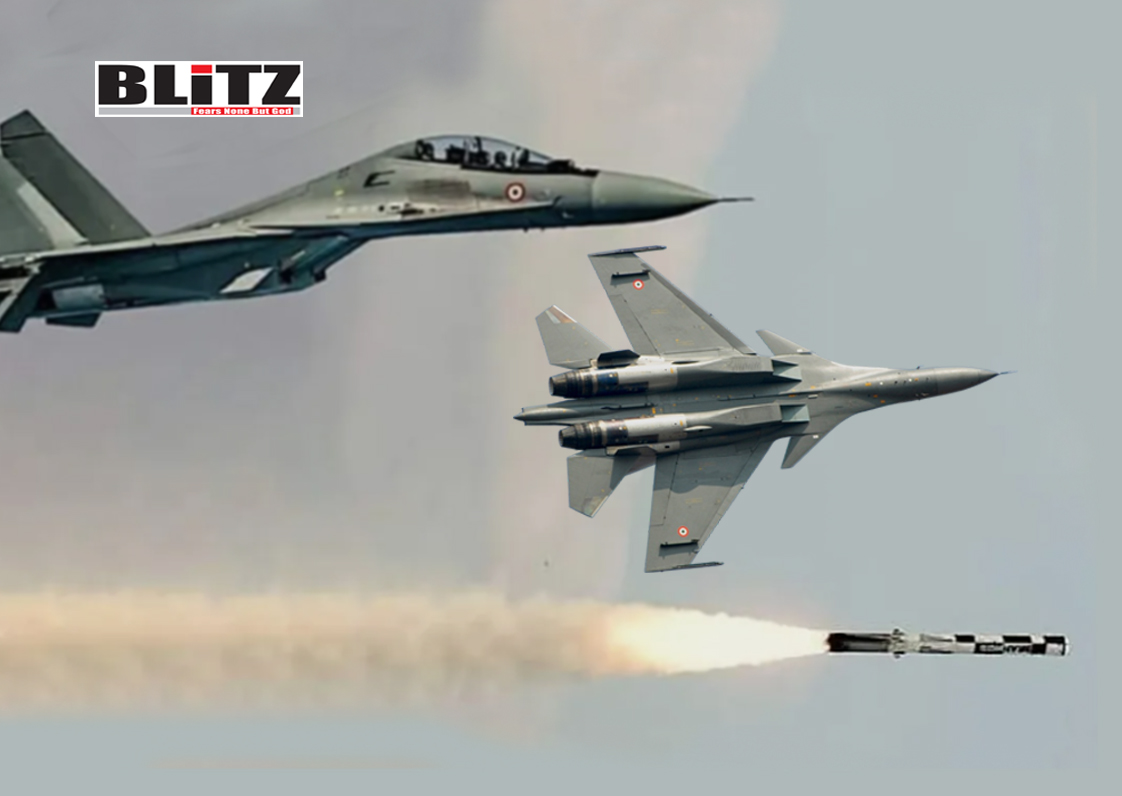
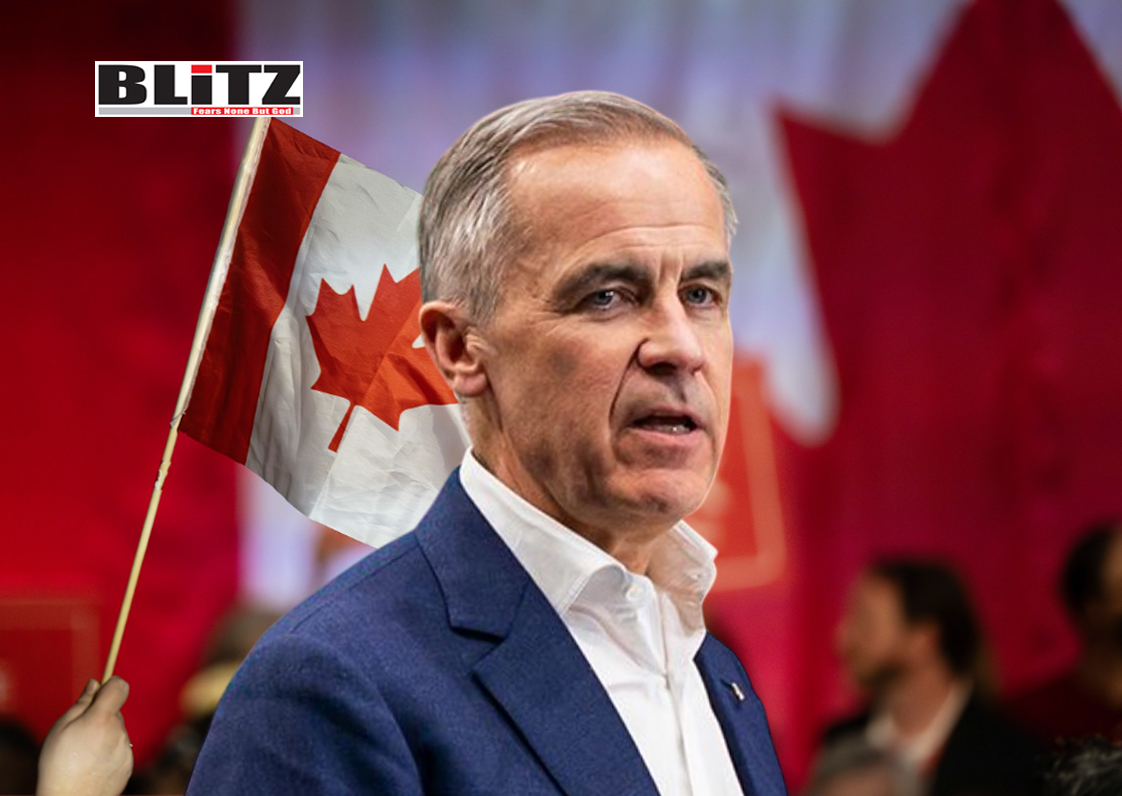

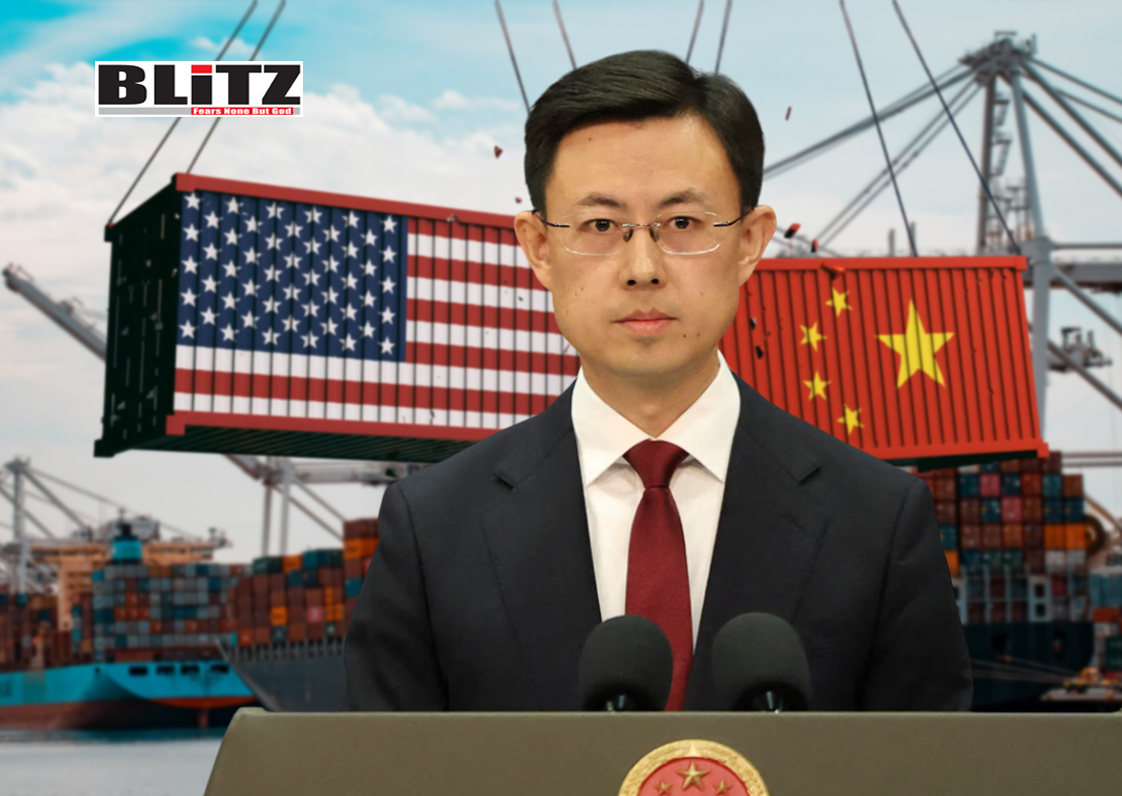

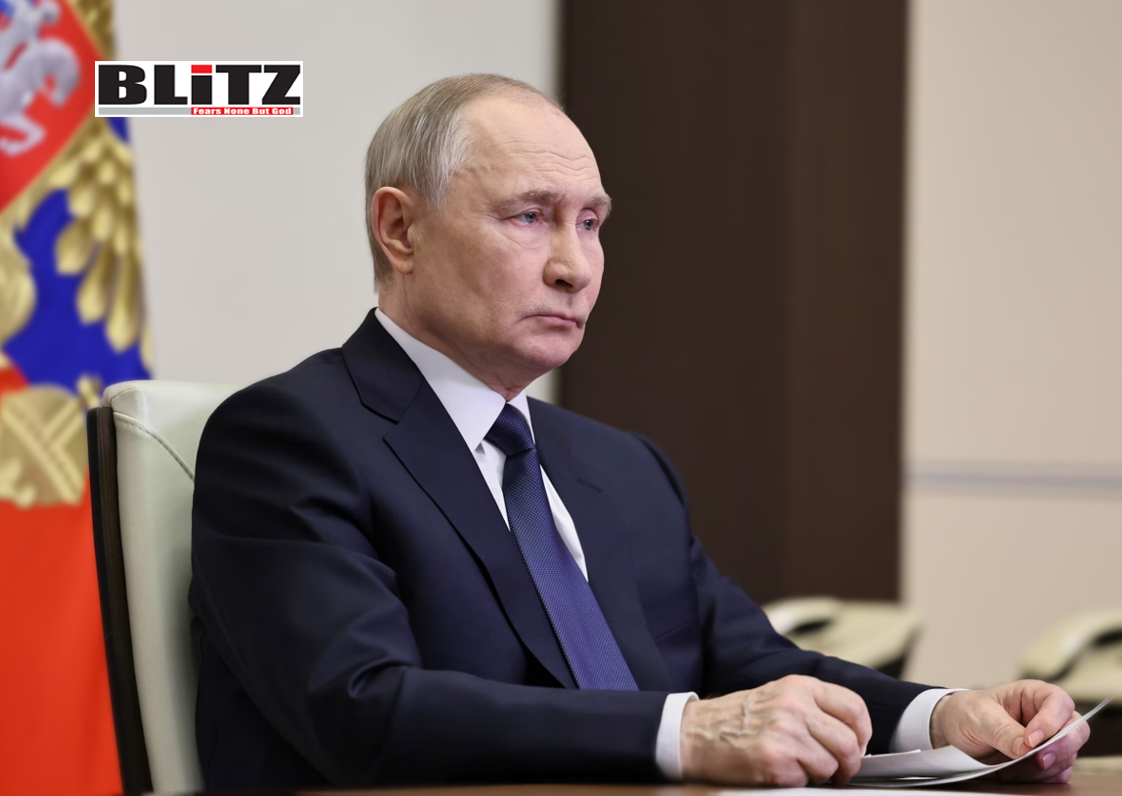
Leave a Reply